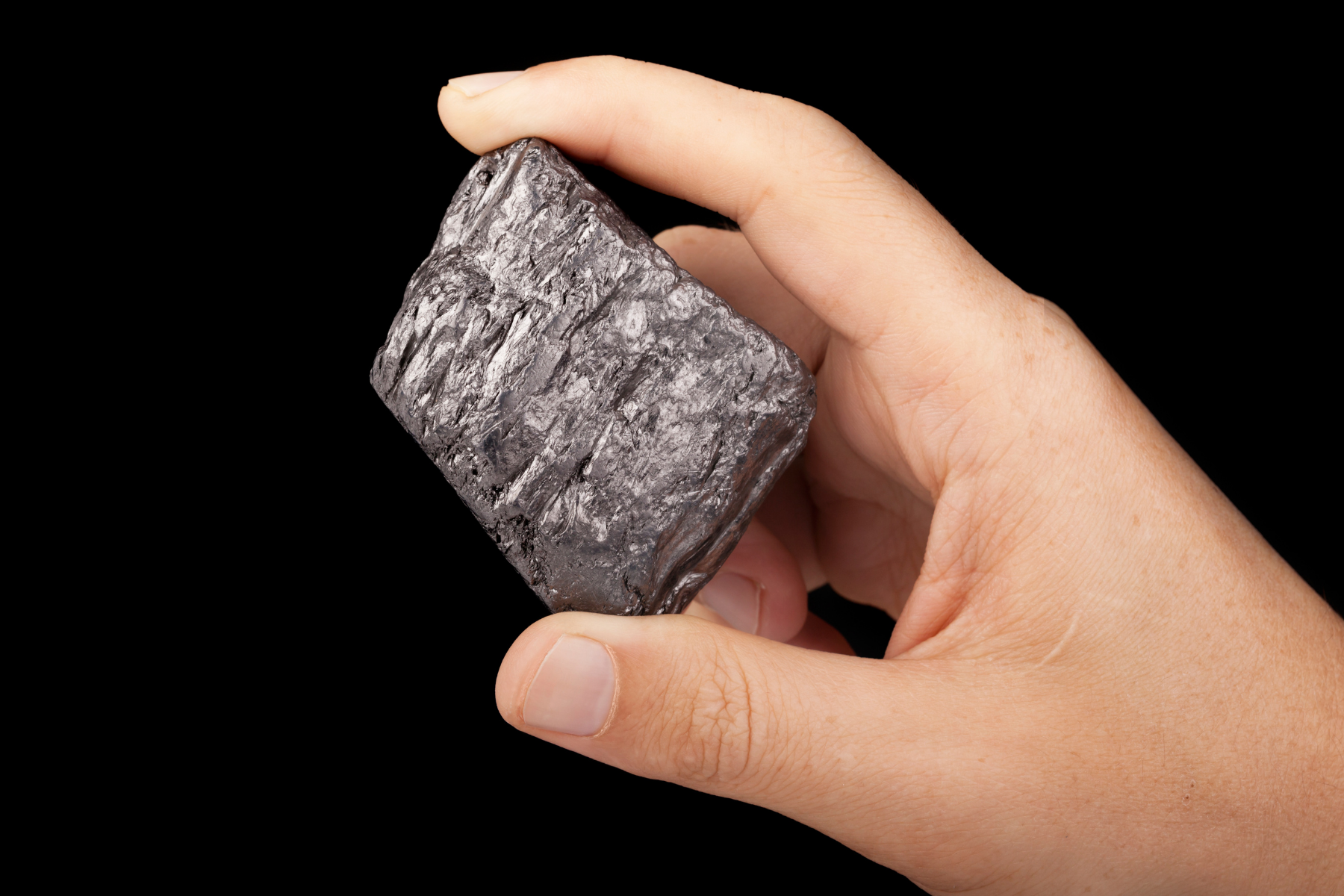All About Graphite
Is This Materials Presence in Lithium-ion Batteries Making it the Next Big Resource?
Graphite is a mineral that is a form of carbon; it is a soft material that is found in metamorphic and igneous rocks. When carbon is put under heat and pressure down in the earth's crust, Graphite is formed.
Graphite is thought to have been discovered in the 1500s in a massive deposit in Borrowdale parish, Cumbria, England. Locals used it to mark their sheep before it starting being used by the English Navy to create smoother and rounder cannonballs that could be fired an impressive distance.
During the 19th century, Graphite started to pick up in popularity, and deposits were soon found worldwide. Graphite was being used for more than sheep marking and war. People used it for pencil leads, stove polish, paint, lubricant, and foundry facings.
How is Graphite used in the modern world?
Graphite has grown in popularity and its usefulness over the years. It has a significant impact on modern-day life, even though most people don't recognize how much they rely on this mineral.
Batteries
In the 1990s, batteries became a serious demand and increased the amount of Graphite needed. Batteries like lithium-ion batteries were required on a larger scale due to power tools, portable CD players, and then laptops, cell phones, and tablets.
Batteries are a massive consumer of Graphite in today's market, and now with the electric car growing in popularity, the demand is not going anywhere. A battery for an electric vehicle needs almost 40 KG of Graphite.
Refractories
Graphite is often used in nozzles and troughs to transport molten steel into moulds and linings for blast furnaces, because of its ability to withstand high temperatures, Graphite is perfect for jobs that require a mineral that will not melt or become useless when working with high temperatures regularly.
Nuclear reactors
Graphite can stabilize nuclear reactions with its ability to absorb fast-moving neutrons.
Graphene sheets
This durable mineral is turned into stronger and more durable sheets than steel. It is used to make solid and lightweight sports equipment, but it holds great potential to be utilized in the future for medical equipment and the aerospace industry.
Lubricants
Used as the main ingredient in lubricants like grease, Graphite is found to be useful for car brakes and clutches.
Repellents
Graphite is a natural water repellent used in paint to act as a protective coating on wood and other surfaces that may be damaged otherwise by water.
Pencils
One of the oldest and most uses of Graphite is in pencils. Although called pencil lead, it is actually a mixture of Graphite and clay. The pencil was created by Nicolas-Jacques Conte around 1795 and is still in use today in our modern world.
Synthetic Graphite vs. Natural Graphite
These two different types of Graphite are used for different applications and do not compete with each other. The only thing these Graphite’s have in common is their name.
Synthetic Graphite is a purer form of carbon and is more predictable than natural Graphite. The synthetic version is significantly more expensive, it uses a lot of energy and resources to be produced, and it can be double, sometimes triple the cost of natural Graphite.
Synthetic Graphite comes in two forms. Electrodes and blocks. Electrodes are used in electric-arc furnaces. Those are furnaces used to melt steel, iron, and produce ferroalloys. Whereas block Graphite is used for energy storage in the solar industry.
There are three types of natural Graphite. Depending on the ore it is extracted from will determine what kind of Graphite you will get. Crystalline Graphite is a small flake used for batteries, lubricants, grinding wheels, and powder metallurgy.
Amorphous Graphite is a microcrystalline form of Graphite and is used for refractories, paint, pencils, lubricants, brake pads, and rubber additives. Flake Graphite has been exposed to extremely high temperatures and is used for refractories and ion batteries.
Natural Graphite is a lot more cost-effective and easier on the environment.
Things Are Looking Up For the Graphite Market
In 2021, just for batteries alone, 400,000 tonnes of natural Graphite were used, and that number is expected to grow to 3 million tonnes by the time 2030 comes around. Synthetic Graphite had a demand of 300,000 tonnes in 2021, which is expected to grow to 1.5 million tonnes by 2030.
Benchmark Mineral Intelligence has data that shows that there is a serious demand for natural and synthetic Graphite - and that is only going to increase. With the popularity of electric cars, Graphite is poised to proliferate in demand.
Graphite is an in-demand mineral, and that demand will only become more significant as the years go on. The popularity of electric cars has been a driving force behind the popularity of the mineral but is not the only use of Graphite. This mineral has been around for centuries and has embedded itself in our modern-day world.



